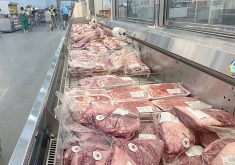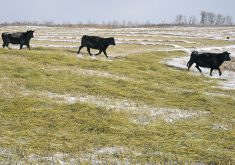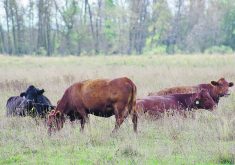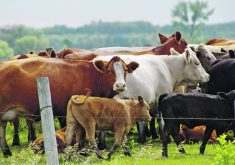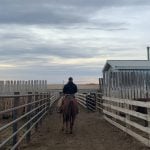Canadian Roundtable for Sustainable Beef says tracking partnership should provide transparency throughout the system
The Canadian Roundtable for Sustainable Beef hopes more cattle will make it all the way through its certified sustainable program after signing a new tracking partnership.
The Canadian Cattle Identification Agency is now handling chain of custody tracking for the program. The move is designed to provide more transparency and help find out where cattle might fall out of the system, said CRSB chair Ryan Beierbach.
Read Also
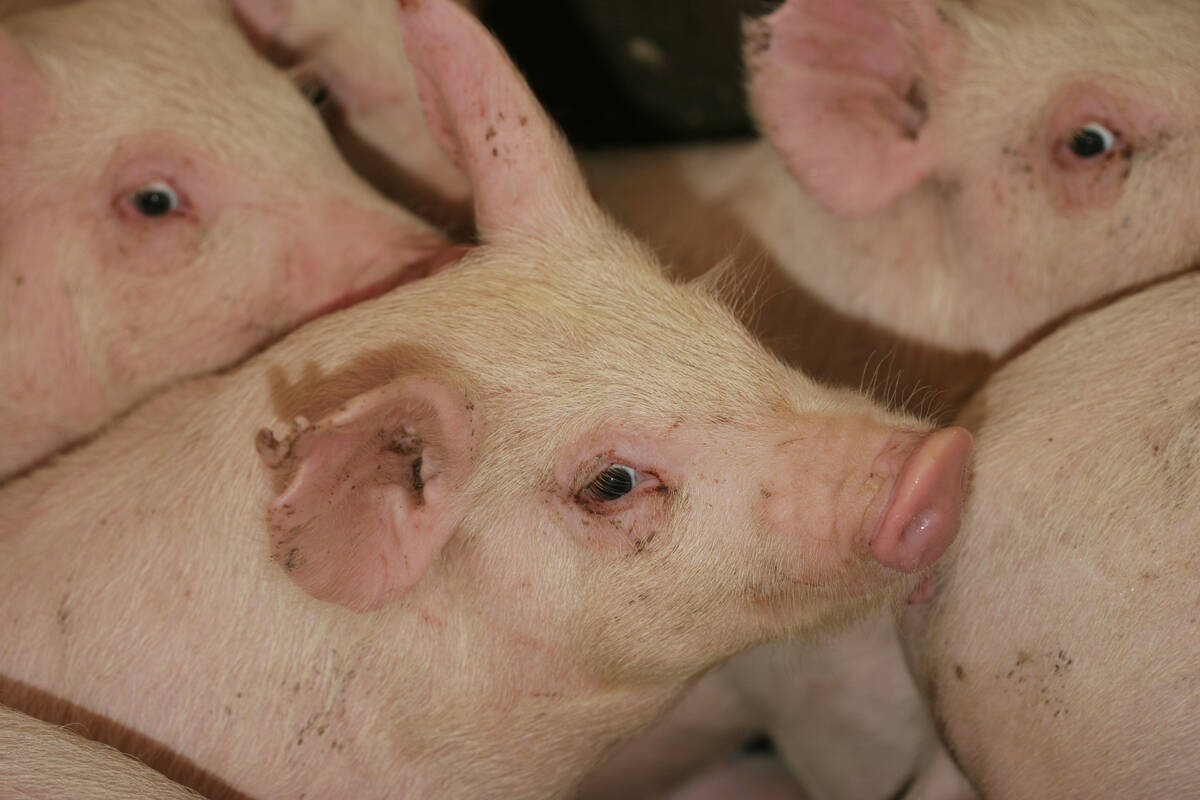
The Western Producer Livestock Report – September 25, 2025
The U.S. national live price average for barrows and gilts was $81.21 Sept. 17. It was $78.37 Sept. 9. U.S. hogs averaged $106.71 on a carcass basis Sept. 17, up from $106.10 Sept. 9.
He said Cargill pays its incentive based on calves verified under the program at each step, from cow-calf operation to feedlot to packer.
“CRSB did a review where we looked at different things that were making it so cattle weren’t getting all the way through the system,” Beierbach said in an interview. “And part of it was not knowing which cattle qualified and not knowing which ones fell out of the system or where they fell out, so really producers didn’t know even which cattle they were getting paid for, even when they got paid the credit.”
Now, when feedlots buy calves, they can scan the RFID tag to see if the animals qualify.
“Then a producer is going to be able to enter the number of calves he sold three months ago and see if that calf still qualifies for the CRSB certified incentives,” he said.
The cost of this partnership will come mainly from the three cents per pound that CRSB gets from the certified beef.
Beierbach said tag information was available to previous verifiers. Cargill used BIX for a while and then switched to CCIA. JBS uses BIX, but that packer does not pay a credit to the CRSB program.
The advantage to the agreement with CCIA, rather than an individual packer, is that CRSB and producers can get information on how many cattle make it to each spot on the chain.
“We made sure that when CRSB signed the deal with CCIA that producers would be able to tell that. It’s one of the biggest things that feedlots had trouble with, is when they bought cattle they might have been advertised as CRSB certified but they had no way to verify that, and when they did send animals to the packing plant they had no way to know which animals the credit was coming back for.”
He said the change should increase the number of cattle going through the supply chain and ensure more consistent implementation of the chain of custody requirements.
He added that producers will be able to print a page to show CRSB verification and he expects feedlots will be more anxious to pay extra for those calves.
Anne Brunet-Burgess, CCIA’s general manager, said the agency has “an enviable track record in livestock data management, including chain of custody tracking,” and that should benefit the CRSB program and producers.





